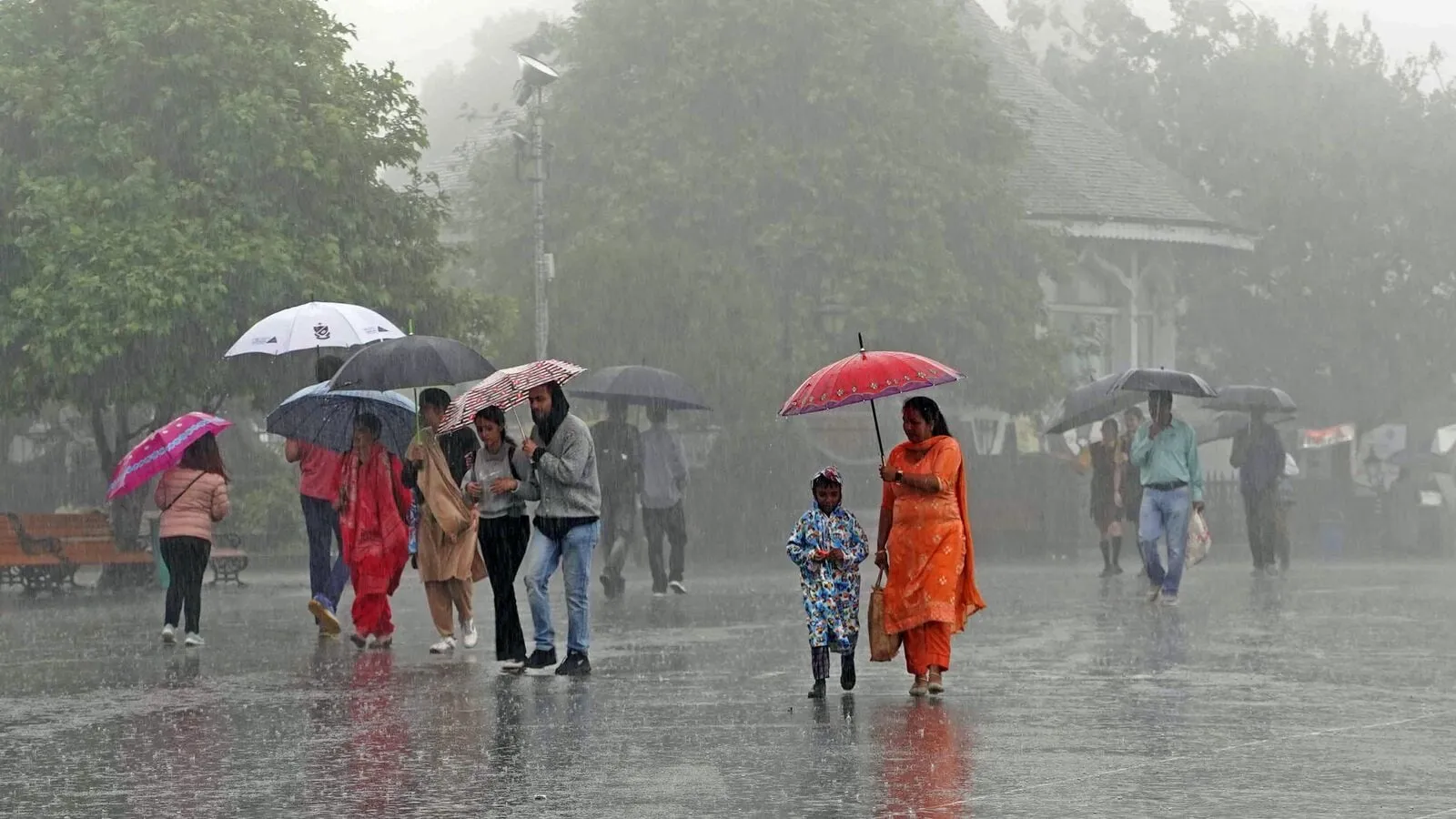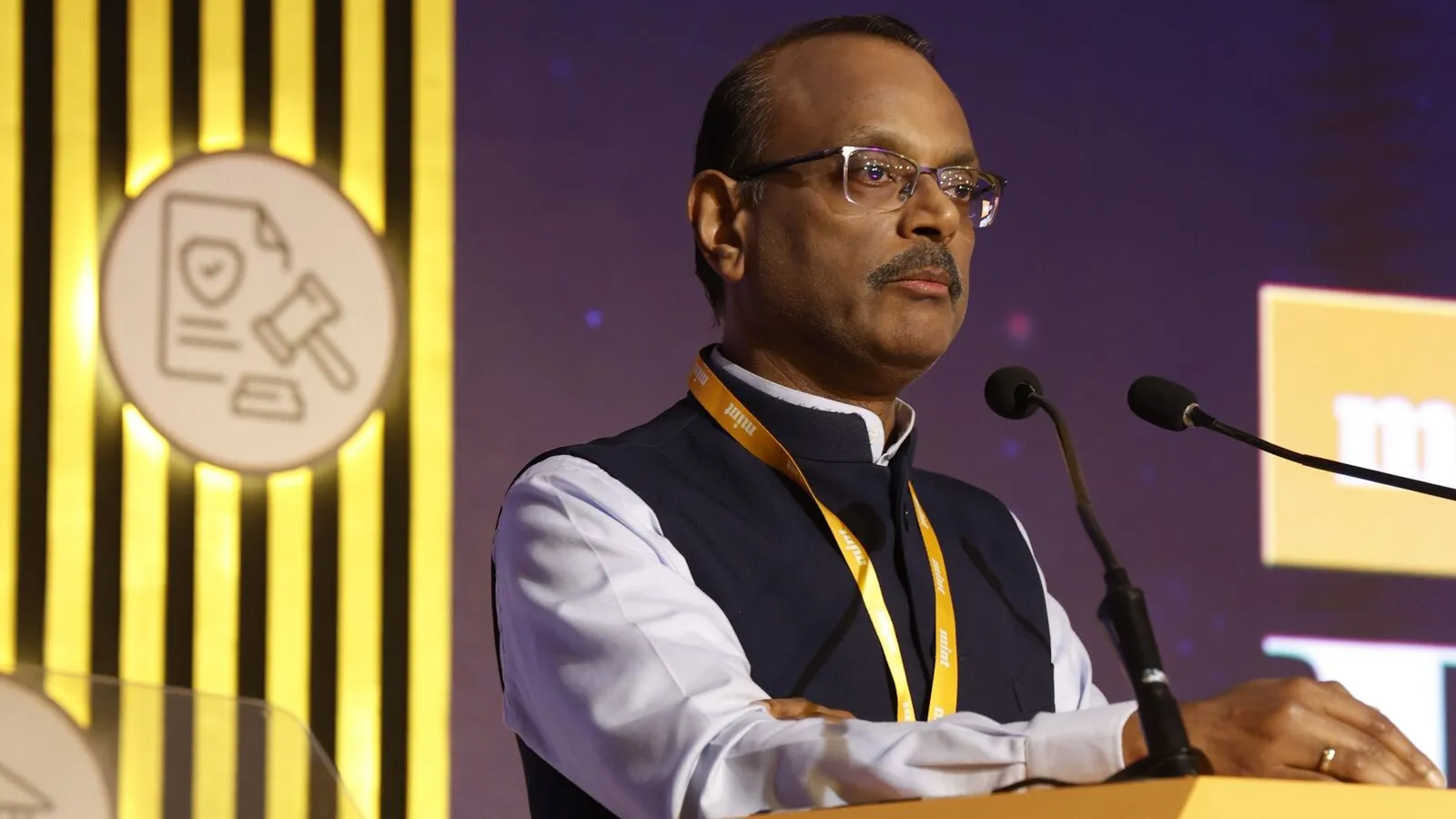Good monsoon may drive 10–15% earnings growth in agri-linked sectors in H2 FY26: Report

India’s agrarian outlook has brightened significantly with the onset of the 2025 monsoon, marking a potential turning point for agriculture-linked and rural-facing industries.
According to smallcase manager GoalFi, a strong monsoon—characterised by above-average intensity and widespread rainfall—could drive 10–15% year-on-year earnings growth in sectors like tractors, agri-inputs, rural non-banking financial companies (NBFCs), and consumer durables in the second half of FY26. This projection rests on the twin pillars of improved rural liquidity and a revival in demand, both of which are expected to underpin key economic segments.
Monsoon: The Catalyst for Rural Revival
The India Meteorological Department (IMD) has forecast the 2025 monsoon at 106% of the long-period average (LPA), marking the second consecutive year of normal to above-normal rainfall. With an early arrival—8 days ahead of schedule in Kerala—the monsoon has raised expectations of timely sowing, robust crop output, and a boost in rural incomes. GoalFi underscores the combined effect of early rains and post-election policy continuity as the foundation for inflation stability and catalysing rural consumption and capex-led economic activity.
Interest Rates and Inflation: Fueling Confidence
April 2025 saw consumer price index (CPI) inflation at just 3.16%, while food inflation dropped to 1.78%, its lowest in years. Against this backdrop, GoalFi anticipates a 25-basis-point repo rate cut to 5.75% at the June 6 RBI policy meeting, with the possibility of another cut to 5.50% by August, provided inflation remains stable. Rate-sensitive sectors like housing, automobiles—and crucially, rural NBFCs—stand to benefit significantly from such monetary easing, reinforcing the positive outlook for rural and semi-urban financial channels.
Tractor Sales Surge: Early Sign of Rural Demand
The resurgence in rural demand is already visible. Mahindra & Mahindra reported May 2025 tractor sales of 38,914 units—up from 35,237 a year earlier—while Escorts Kubota saw annual tractor sales of 115,554 units alongside a 15.7% profit jump. These increases are attributed to early sowing, fuller reservoirs, heightened MSPs, and rural income schemes like PM‑KISAN. Similarly, companies such as UPL, PI Industries, and Dhanuka Agritech are experiencing stronger demand for fertilizers, seeds, and advanced irrigation solutions—a key indicator of agri-input recovery.
Rural Consumption: The Way Forward
Historically, normal monsoons boost rural incomes by 5–7%, creating a ripple effect across consumption-led sectors. FMCG majors—Dabur, Marico, Emami, and Hindustan Unilever—are expected to see volume upticks in mass-market segments. Similarly, entry-level two-wheeler sales could revive, while sectoral loan demand is likely to increase for rural NBFCs and microfinance operators such as Mahindra Finance, Spandana, and L&T Finance. With the harvest and festive seasons approaching, rural discretionary spending is anticipated to pick up further.
GoalFi estimates this consumption uplift could translate into a 6–8% increase in rural-facing FMCG, farm equipment, and two-wheeler sales over the next six months.
Support from Agri and Policy Measures
India’s agricultural sector employs over half the population and contributes around 16% to GDP. Pre-monsoon figures are indicative of strong underlying trends—wheat procurement has surpassed 25.6 million tonnes (a 24% YoY increase), while rabi output rose over 3%. With the government raising MSP to ₹2,369 per quintal for Kharif paddy, farmer income visibility is strengthening, offering further support to rural consumption.
Sectoral Headwinds: Weather Risks Amid Early Rains
Despite the overall positive outlook, GoalFi warns of potential disruptions. Early monsoon rains in southern India have pressured cement prices—leading to a drop of ₹10–20 per bag and compressing margins for regional players like Ramco, Dalmia Bharat, and UltraTech Cement. Additionally, a cooler and calmer May saw a 4.1% decline in power consumption, affecting seasonal demand for electrical appliances like air conditioners and refrigerators. Finally, erratic pre-monsoon rains in some Arabica-growing areas are affecting coffee exports, likely leading to lower yields and export volumes.
All signs point toward a solid recovery in rural India in H2 FY26, driven by a strong monsoon, easing inflation, and supportive monetary policy. Momentum in tractor sales, agri-input demand, and rural consumption provide compelling early evidence. Nonetheless, weather-induced disruptions in construction, cooling demand, and certain export-linked segments underlie the need for caution.
For investors, the next two quarters could spotlight rural and agri-linked plays—ranging from farm equipment to rural finance and mass FMCG—while remaining cognizant of sector-specific vulnerabilities. As GoalFi predicts, a monsoon-led revival is shaping to be a defining theme of India’s second-half economic narrative.
Disclaimer: The views and recommendations made above are those of individual analysts or broking companies, and not of Mint. We advise investors to check with certified experts before making any investment decisions.








